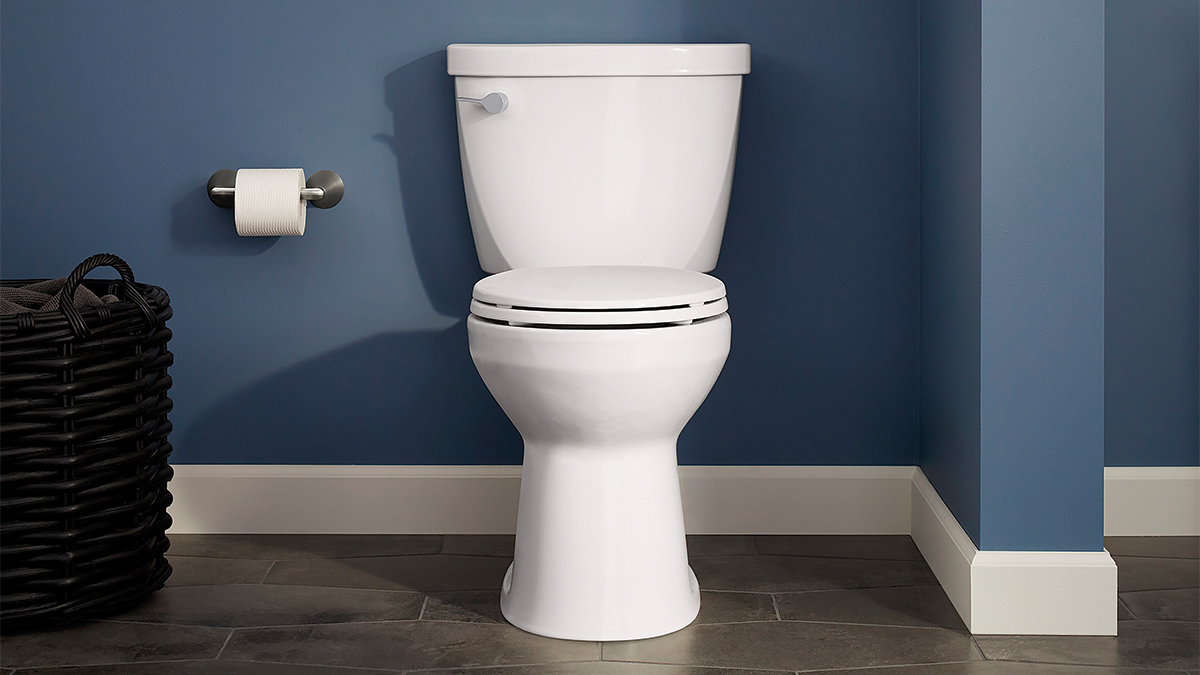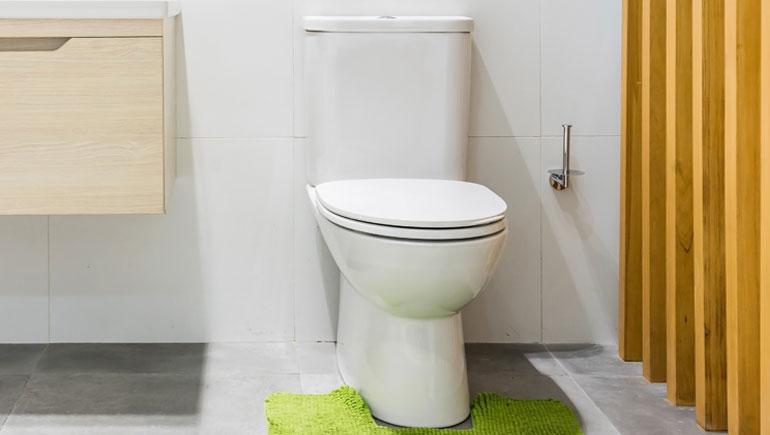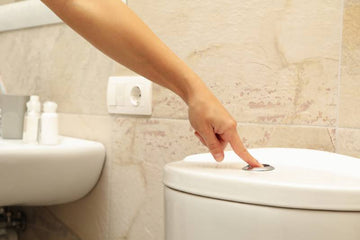As environmental concerns and water conservation become increasingly important, the future of water-saving toilet technology is gaining significant attention. With the global population continuing to rise and freshwater resources becoming scarcer, the need for innovative solutions in everyday plumbing fixtures, like toilets, is more urgent than ever. This article explores the trends, innovations, and implications of water-saving toilets for industry professionals and consumers alike.

The Importance of Water-Saving Toilets
The modern toilet has evolved significantly over the years, yet its basic function has remained the same. However, with the growing emphasis on sustainability, the plumbing industry is experiencing a paradigm shift. Water-saving toilets are at the forefront of this movement, offering a practical solution to reduce water usage without compromising performance. According to the Environmental Protection Agency (EPA), toilets account for nearly 30% of the average home's indoor water consumption. By adopting water-saving technology, significant amounts of water can be conserved, reducing both water bills and environmental impact.
Key Innovations in Water-Saving Toilet Technology
1. Dual-Flush Systems
Dual-flush toilets are one of the most popular innovations in water-saving technology. They feature two separate flush options: a lower volume flush for liquid waste and a higher volume flush for solid waste. This design allows users to choose the appropriate flush, conserving water with every use. The concept of a dual-flush system is explored in detail in our article on dual-flush toilets.
2. Pressure-Assisted Toilets
Pressure-assisted toilets use compressed air to enhance the flushing power, requiring less water to achieve the same results as traditional toilets. This technology is particularly effective in commercial settings where high-frequency usage demands robust performance. Learn more about the mechanics behind these efficient systems in our piece on how water-saving toilets work.
3. Smart Toilets
Smart toilet technology is an exciting frontier in the field of water-saving innovations. These toilets come equipped with sensors, automated flushing, and even smartphone connectivity. They optimize water usage by determining the necessary amount of water for each flush, and some models even include features like bidets to further reduce toilet paper consumption. For those interested in cutting-edge bathroom technology, our article on eco-friendly bathroom fixtures offers a wealth of insights.
Challenges and Considerations
While the benefits of water-saving toilets are clear, there are challenges that industry professionals must consider. The initial cost of purchasing and installing these advanced systems can be higher than traditional toilets, which may deter some consumers. However, the long-term savings on water bills and the positive environmental impact often outweigh the upfront investment.
Furthermore, the effectiveness of water-saving toilets depends on proper maintenance and installation. Ensuring that these systems are correctly set up and maintained is crucial for optimal performance. Our guide on water-efficient toilets can help navigate these considerations for both consumers and professionals.
The Road Ahead for Water-Saving Toilets
Looking to the future, water-saving toilet technology will likely continue to evolve in response to growing environmental demands. Innovations such as greywater recycling, where water from sinks and showers is reused for toilet flushing, could become more widespread. Additionally, as smart home technology becomes mainstream, we can expect to see further integration of toilets into these systems, enhancing water efficiency and user convenience.
For those interested in exploring practical ways to incorporate water-saving technology in their homes, the guide on installing water-saving toilets offers valuable tips and instructions.

Frequently Asked Questions
1. How do water-saving toilets work?
Water-saving toilets typically use innovative flushing mechanisms, such as dual-flush or pressure-assisted systems, to reduce water usage while maintaining performance.
2. Are water-saving toilets more expensive than traditional models?
Initially, water-saving toilets can be more expensive due to advanced technology. However, they offer significant long-term savings on water bills and help reduce environmental impact.
3. Can I install a water-saving toilet by myself?
While it is possible for a skilled DIYer to install a water-saving toilet, professional installation is recommended to ensure optimal performance and avoid potential issues.






